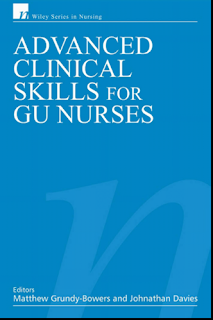Stem Cells for Dummies ebook pdf

The term stem cell has made its way into general usage only in the past decade or so, and, to many people, stem cell research is a new, untested, and even frightening endeavor. In truth, though, everything researchers know today about stem cells — and stem cells’ potential for medical therapies — is built on centuries of observations and discoveries about biology in a broad array of organisms. Even the ancients knew that certain animals could grow new limbs, for example. History is replete with stories (many undocumented) of transplants and other medical miracles dating from a time when the biological “cell” wasn’t even a concept, much less part of anyone’s vocabulary. In this chapter, we recap three separate but intertwined histories of research into how living things work. One is the history of ideas about regeneration, the ability to regrow body parts that are damaged through injury or disease. Another is the history of discovering how certain traits are passed from one generati...


